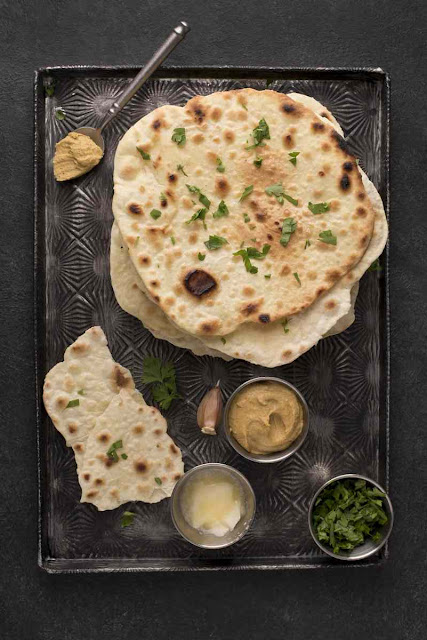In the realm of culinary delights, pizza reigns supreme as a beloved dish cherished by many across the globe. While traditional pizzas often boast a medley of meats and cheeses, the vegetarian variant offers a flavorful and satisfying alternative for those seeking a lighter fare. In this comprehensive guide, we delve into the art of crafting the perfect vegetarian pizza, exploring each step with precision and finesse.
Selecting Quality Ingredients
The foundation of any exceptional
pizza lies in the quality of its ingredients. Begin by carefully selecting a high-grade pizza dough, whether store-bought or homemade, ensuring it possesses the ideal balance of elasticity and flavor. Next, procure a vibrant assortment of fresh vegetables such as plum tomatoes, bell peppers, mushrooms, onions, and olives. Opt for organic produce whenever possible to enhance both the taste and nutritional value of your creation.
Preparing the Dough
To commence the culinary journey, gently dust your work surface with flour before placing the dough atop, allowing it to reach room temperature for optimal elasticity. With a rolling pin, gradually flatten the dough into a circular shape, ensuring a uniform thickness throughout. For aficionados of a crispier crust, a sprinkle of cornmeal beneath the dough adds a delightful texture.
Crafting the Sauce
The soul of any
pizza lies within its sauce, and the vegetarian variant is no exception. In a saucepan over medium heat, combine freshly crushed tomatoes with a symphony of herbs and spices, including basil, oregano, garlic, and a pinch of red pepper flakes for a subtle kick. Allow the flavors to meld together into a rich, aromatic sauce that serves as the perfect complement to your toppings.
Layering the Toppings
With the canvas of dough prepared and the sauce simmering with flavor, it's time to adorn your masterpiece with an array of vibrant toppings. Begin by generously spreading the homemade sauce atop the dough, ensuring an even distribution to tantalize the taste buds with each bite. Follow with a colorful assortment of sliced vegetables, arranged artfully to create a visually appealing mosaic of flavors.
Exploring Cheese Alternatives
While traditional pizzas rely heavily on the richness of cheese, vegetarian renditions offer a delightful opportunity to explore a variety of dairy-free alternatives. Consider incorporating creamy cashew-based cheese, tangy goat cheese, or even a sprinkle of nutritional yeast for a savory, umami-rich flavor profile.
Mastering the Baking Process
With your pizza masterpiece assembled with care, it's time to usher it into the realm of the oven, where culinary magic awaits. Preheat your oven to the optimal temperature, typically around 450°F (232°C), and carefully transfer your adorned pizza onto a preheated baking stone or tray. Allow it to bake to golden perfection, ensuring the crust is crisp and the cheese, if utilized, is melted to a tantalizingly gooey consistency.
Garnishing with Finesse
As your pizza emerges from the heat, its tantalizing aroma filling the air, take a moment to add the finishing touches with finesse. A drizzle of aromatic olive oil, a scattering of fresh basil leaves, or a sprinkle of grated Parmesan cheese can elevate your creation from mere food to culinary artistry, ready to be savored and shared with friends and family alike.
Conclusion
In the realm of vegetarian cuisine, the
pizza stands as a shining example of culinary ingenuity, offering a canvas upon which to explore a myriad of flavors and textures. By following this step-by-step guide, you can embark on a culinary adventure that celebrates the bountiful flavors of fresh vegetables and the art of gastronomic craftsmanship. So, roll up your sleeves, preheat your oven, and let the journey to pizza perfection begin. Bon appétit!



Comments
Post a Comment